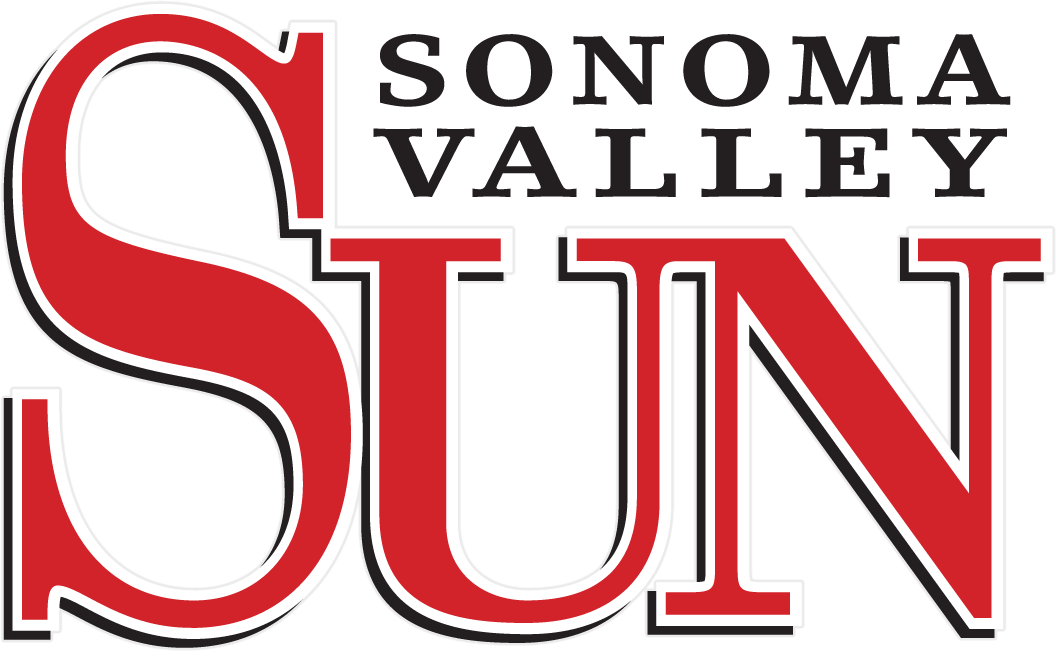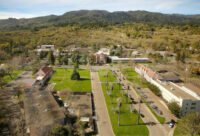(Tito Sasaki/Sonoma County Farm Bureau. Water costs more than gasoline in many parts of Middle East. When I was working in Kuwait and Qatar some 30 years ago, I was always impressed by Bedouin boys who made a living by washing several dust-coated cars with just one bucket of water. They deserve a Water Conservation Award.
Conservation has been the main political thrust in coping with water shortage over the past decades. Several-fold water saving has been achieved in agriculture by replacing overhead watering with drip irrigation; then adding to it soil moisture sensors and precision irrigation; and finally deficit irrigation in which less water is given to plants than they lose by evapotranspiration. Institutions and households also conserved water by replacing lawns with less water-demanding groundcovers; switching to water-saving toilets, shower heads, washing machines, etc.; and forgoing home car wash as we don’t have Bedouin boys’ service here.
Despite all these efforts, the water supply picture has deteriorated due to the prolonged drought and the surface water shortage caused by increasing environmental demands, antiquated public water storage and conveyance facilities, and increasingly onerous regulations on private reservoirs and other solutions. It pushed people to depend more on groundwater, leading to the statewide groundwater crisis. In response, the Sustainable Groundwater Management Act was passed and signed last month, with a dubious distinction of being the most significant water bill since the Water Commission Act of 1913. The Act provides for means of regulating groundwater use – a euphemism for forced conservation.
There is, however, a limit in conservation. We have long passed the point of reasonable economic return. Further reduction in water use will come only at an increasingly higher cost, if at all possible. We will have to look into increasing the supply.
Recent data released by Sonoma County Water Agency show that Sonoma Valley used in 2012 an estimated 17,900 acre-feet (AF) of water. Of this, 59 percent was local groundwater, 26 percent surface water imported from Russian River, 8 percent local surface water, and 7 percent recycled water. So, some 10,500 AF of local groundwater is being used annually, resulting in some localized lowering of the water table. This would mean that the current rate of groundwater recharge is less than 10,500 AF per year for the aquifers we use.
The average annual rainfall over the 60-year period through 2013 was 29.2” near the City of Sonoma. The US Geological Survey estimates that Sonoma Creek Watershed covering 110,000 acres receives some 269,000 AF of rainwater annually. Of this, 101,000 AF is estimated to run off; 120,000 to 140,000 AF lost through evapotranspiration; and 30,000 to 40,000 AF sink into the ground. So, less than 4 percent of the rainfall must be percolating and replenishing those aquifers that we tap into. Also, 100,000 AF or more of water — more than five times of all water we use — is running straight out to the Bay.
In absolute terms we have a sufficient amount of local rainfall even if the Valley’s population grows by 25 percent by 2060 as projected and even if we assume certain effects of climate change. Additionally we will continue to have the Russian River water that is now satisfying most of our urban needs. We also have the Sonoma Valley County Sanitation District’s recycled water, which could take care of nearly a half of the irrigation needs in the Valley in the future. Nevertheless, a vital question remains to be how to capture, store, and deliver the water we receive in precipitation.
Sonoma County’s last major water project was the construction of Warm Springs Dam completed in 1982 when the county population was some 280,000. Today, it is around 495,000. County-wide, state-wide, and nation-wide, we have been neglecting infrastructure investments too long. Proposition 1 on the November ballot, if passes, will help. But we will need additional investment as well as sound creativity and firm determination to keep abreast of the climate change and population growth.
Sonoma County Water Agency has the foresight, courage, and technical prowess to undertake the Sonoma Valley Groundwater Management Program. It has put us ahead of other counties in coping with the Sustainable Groundwater Management Act. If we continue a similar effort under the new Act, we could secure sufficient amount of usable water for Sonoma Valley for decades to come. But it will require our positive involvement in the new program as we have done in the past. Without our grassroots support, even the Water Agency won’t be able to materialize our vision since this is a highly political issue.
Tito Sasaki is the president of the Sonoma County Farm Bureau.






Be First to Comment